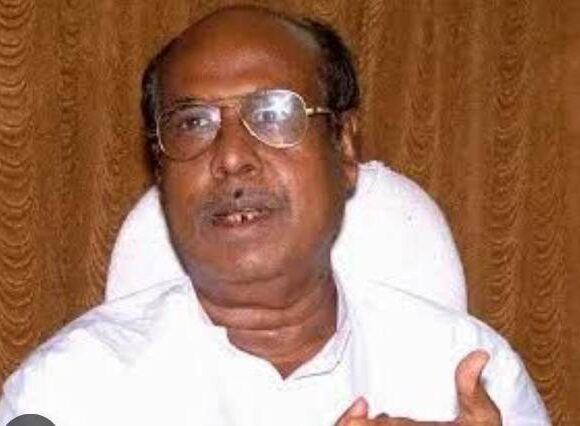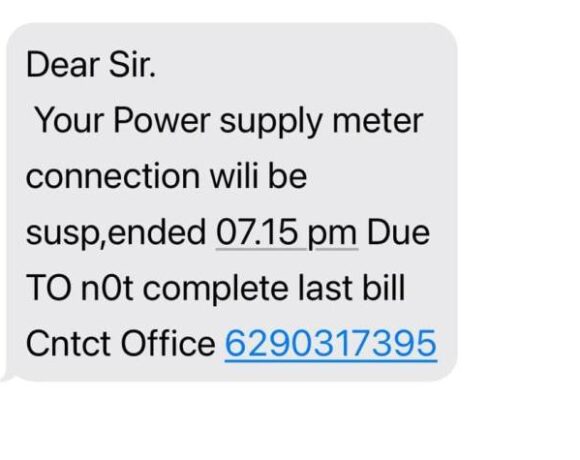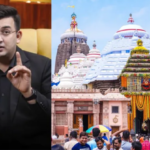BUDGET 2018: What it has in store for Odisha?
Pingakschya Pattnayak
Introduction:
A Budget as is commonly understood, is not merely a financial statement entailing the details of the expenditures and receipts of a government. It is a powerful instrument of potential socio economic transformation which seeks to harness long term transformations in the economy, polity and society of a nation catering to the needs and aspirations of its masses. It is a Vision Document which showcases the priority areas of the government and its desire to pitch reform measures.
The Union Budget for the year 2018- 19 was presented by the Union Finance Minister Shri Arun Jaitley on 1st Feb 2018 in the august house of the Parliament. The total amount of all the schemes announced in this budget is a whopping Rs 124. 42 trillion. This budget which was the last budget of the NDA Government whose term ends in May 2019 was expected to be a populist one by many analysts and political observers.
The Thrust Areas of the Budget 2018-19:
Agriculture:
70 percent of India’s population still lives in its villages. Though the share of agriculture in the GDP has been constantly falling, but farms still account for more than 50 per cent of the employment. Off the beaten track, as it sounds, many remarkable long term policies for renewing the agricultural sector and addressing the mounting issue of agrarian distress in the countryside has been announced. MSPs for Kharif crops amounting 1.5 times its input cost has been fixed which could be a major sigh of relief for farmers in case of a bumper harvest and crashing market prices. More focus has been laid on the output of crops such as eNAMs, agricultural markets and agricultural diversification which could stimulate the growth in the agricultural sector and make farming a profitable venture.
Odisha being a rural state with 84 pc of its population residing in the villages stands to benefit from the pro agricultural voice of this budget. It would drastically change the socio economic profile of the folk living in the countryside.
Health:
Envisaging a scheme ‘Ayushman Bharat’ or ‘ Modicare’ which has been a dream project of PM Shri Narendra Modi , this the first of its kind universal health coverage which aims to cover 10 crore poor households and 50 crore Indians coming under poor and vulnerable category. It would guard the downtrodden and backward sections of our society against expensive and unaffordable healthcare which claim many innocent lives every year.
Odisha is one of the poorest states of India with a sluggish investment in the health care sector. Even basic medical facilities remain elusive to the vast majority of its populace staying in the remotest, economically most backward and tribal hamlets of the state. Since this scheme allows the state government to identify the list of hospitals in their respective territories which could provide affordable, yet the best health facilities, to its masses, it would be a state’s advantage in utilising the resources in the most optimum manner. Odisha too, stands to gain in this regard.
Infrastructure:
In contrast to 11 kms of highways built by UPA government, 22 kms are being built per day under the NDA regime which twice the length of the previous regime. Projects like Bharat Mala to connect major Indian cities by high speed road networks, and Sagar Mala to connect the major ports have been provided with substantial financial impetus. Odisha being a coastal state will have a double advantage of benefitting both from revival of its ancient port cities like Astarang, Gopalpur while also experiencing a surge in its road connectivity. NH 5 connecting Kolkata and Chennai passes through important towns and trading centres of North, Eastern and Southern Odisha and these towns will surely benefit from this infrastructural feat.
Railways: One of the major demands from the eastern state has been to upgrade the existing railway infrastructure in the state and to increase the rail density in the state, which is much lower than the national average. Despite East Coast Railways head quartered in Bhubaneswar, earning the highest freight revenue amongst all the rail divisions in the country, Odisha has consistently being neglected when it comes to railways. It has been ignored and handed a raw deal during the previous UPA regimes.
The present budget has accorded a priority to the railways with a capital outlay of Rs 1.48 trillion which is the highest allocation to the sector so far. Doubling of tracks, electrification of major routes, removal of unmanned level crossings, sanitation and infrastructural leverage of railway stations could be ensured through this. Odisha could expect to get its due share and accelerate the pace of completion of pending rail projects in different districts by the next fiscal year.
Digital India: Reaffirming its commitment towards a Digital India and to bridge the Digital Divide, the budget aspires to connect each and every gram panchayat of the country with Optical Fibre Cable and installation wi fi hotspots which would facilitate faster communication of data and promote e governance, thereby ensuring transparency and effectiveness.
Education:
The BJP government has hiked the spending in the education sector by 4 percent and has allocated Rs 85,010 crore to the sector.
Skill development would definitely go a long way in providing employment opportunities to the youth and train them in the requisite field of vocation. The budget also proposes to establish Model Ekalvya Residential Schools in the tribal districts of each state to improve upon the literacy levels in the scheduled areas and to encourage a higher Gross Enrollment Ratio( GER). Odisha with a tribal population comprising 23 percent has witnessed one of the highest school drop out rates in those districts. Also the overall academic performance of school going kids in these areas is abysmal.
The union government also has rolled out an ambitious plan to encourage students with MTech and PhD degrees from IITs, NITs and IISc to teach in the engineering colleges for a period of atleast 3 years located in the far flung backward districts of the country which would improve the quality of teaching in the field of technical education in those regions by paying them a monthly allowance of Rs 70,000. It would also instill social sensitivity among those newly graduates from the elite institutions of the country.
Conclusion:
It is absolutely possible to be popular without being excessively populist. By announcing path breaking reforms, the Budget has at the same time consolidated its hold over fiscal discipline.
It could be concluded that encapsulating the enormous load of expectations of the general public and striking an equilibrium between the vulnerabilities of economic parameters expressed in the Economic Survey Report, the success of the above mentioned policies could only be evaluated when these fructify on ground and the benefits percolate down to the intended beneficiaries.
With a pragmatic vision and a rightful approach, the budget could very well influence the voting behaviour of the electorate at the hustings in 2019.







